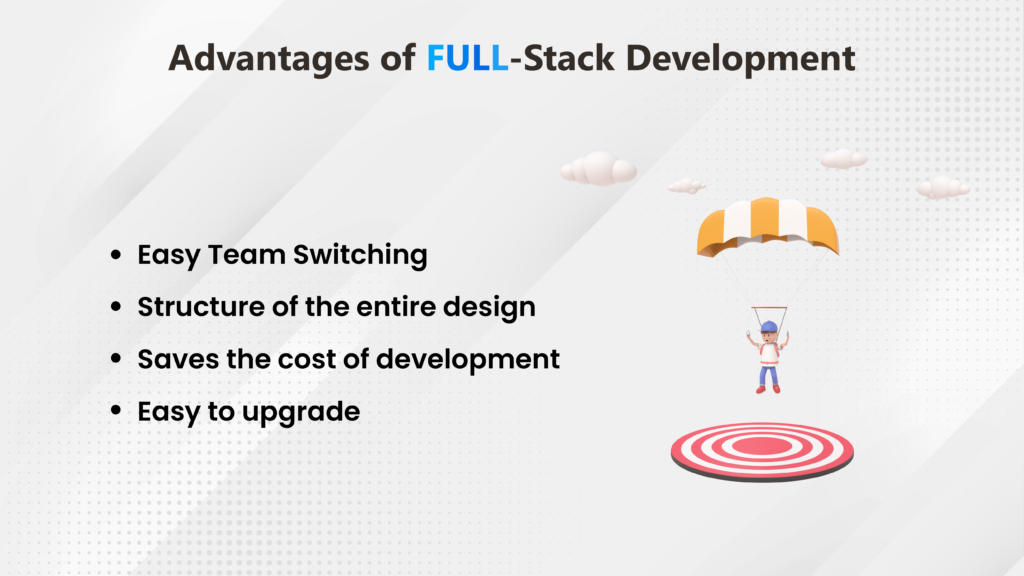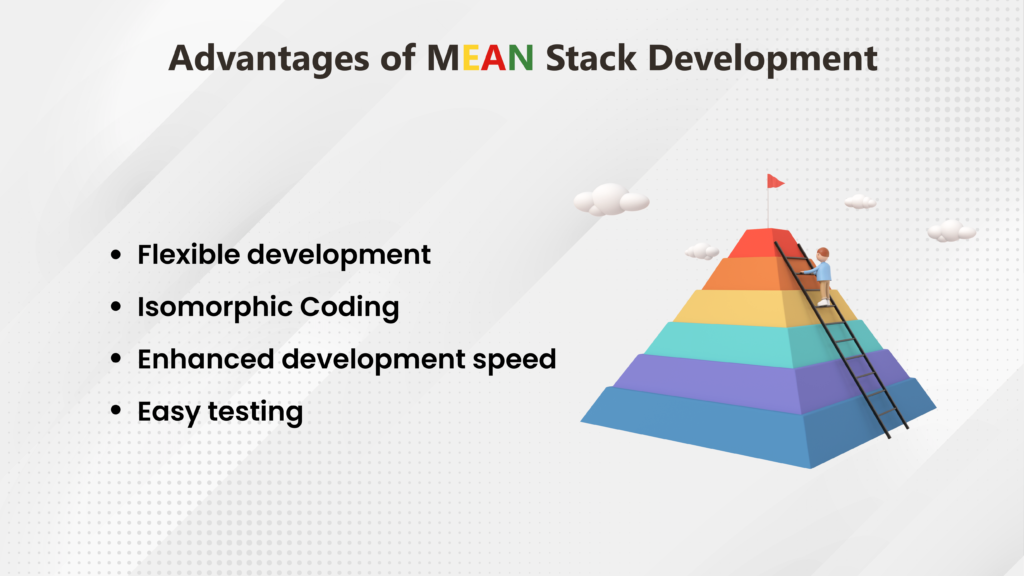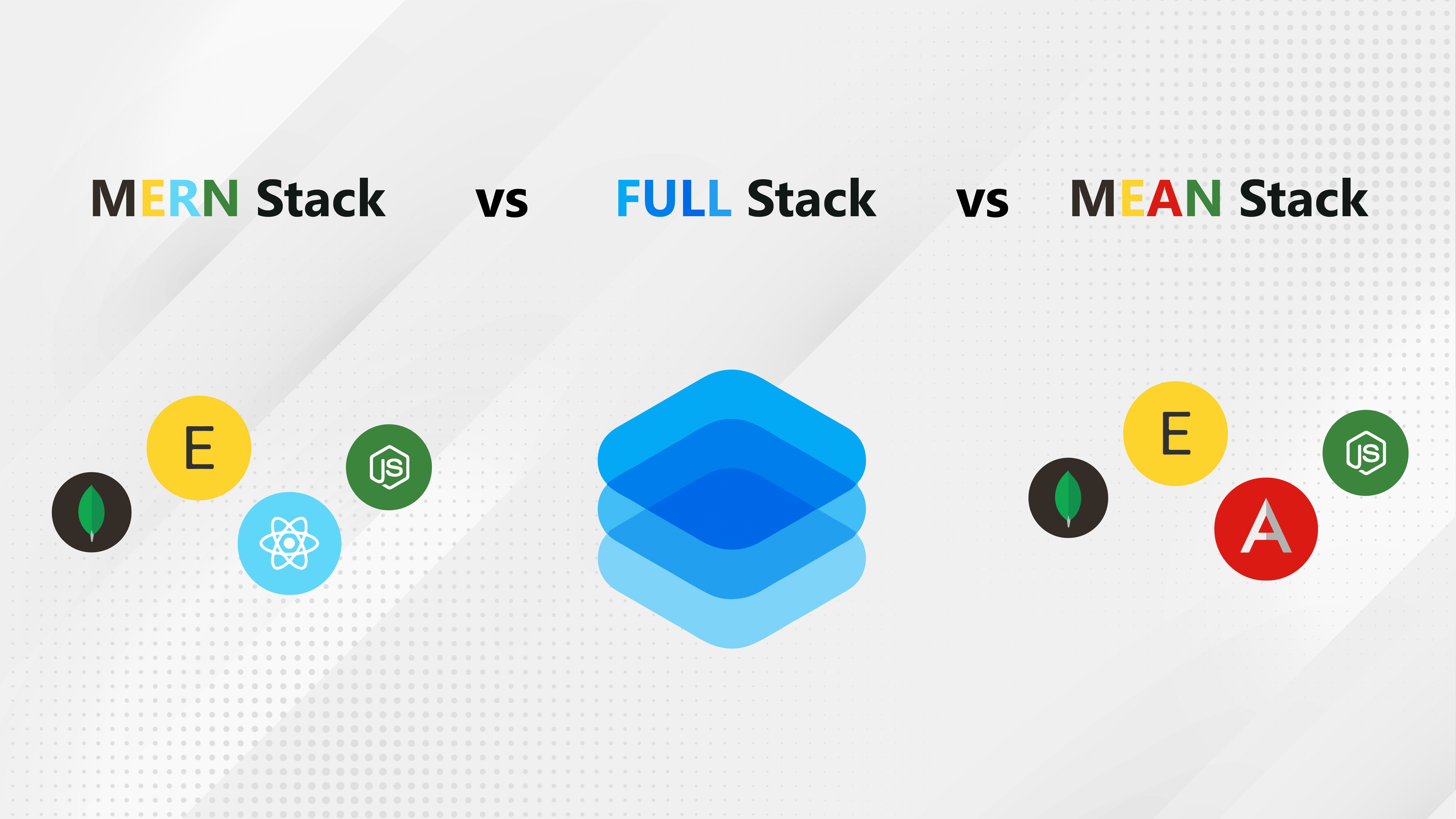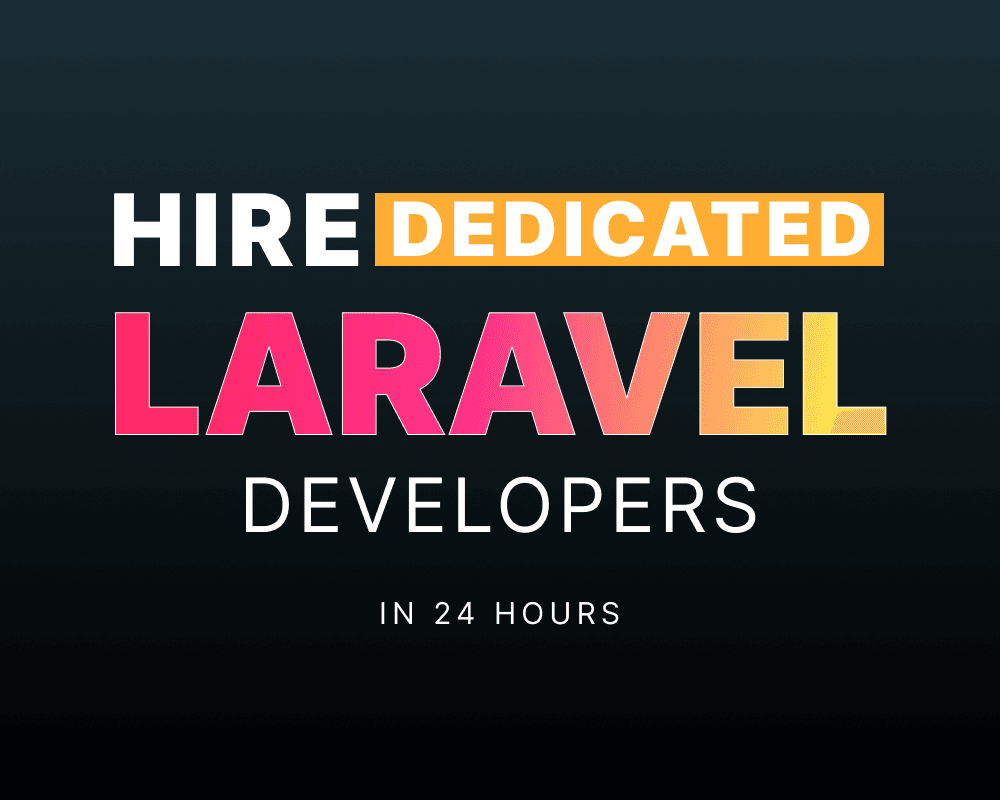The mobile and web development industries are growing dramatically, resulting in increased competition in the industry. It’s creating strife amongst the companies to introduce the best applications in the market.
There are a host of technological stacks available on the market, but there’s always a strong debate when it comes to choosing the right stack for web app development.
Amidst the variety of applications available in the market, often it gets perplexing for app developers to develop applications that can provide a seamless user experience to the customer while at the same time delivering awesome features in the application.
This is where the stack comes into the role. Choosing the right stack can have a huge impact on the future of an organization by developing a flawless application and eventually increasing users and revenue.
This article will walk through full-stack development, mern stack development, mean stack development, factors affecting them, and their differences.
Before diving into technological stacks, it’s crucial to break down the term stack.
The Breakdown of The Stack
Agile development is gaining massive popularity, and businesses have started making the most of these technology infrastructures to generate maximum ROI.
In a nutshell, a stack is a collection or combination of components, such as push, that specifically adds a component to the collection, and pop that eliminates the recently added component. Stack acts as an abstract data type.
It has been structured in such a way that it is easy to eliminate an item from the top of the stack, while if an item is deeply intact in the stack, it may necessitate the elimination of other multiple items.
What is Exactly Full Stack Development and Why Should You Prefer It?
According to the research conducted by the US Bureau of Labor and Statistics, the high precedent growth in full-stack development is set to see a 27% increase by 2024.
In full-stack development, there’s a single developer who has knowledge of every aspect of the application and knows the purpose of developing the application and how it works.
A full-stack developer is well versed and proficient in dealing with all aspects of a software application.
Often, full-stack development is a term used to distinguish it from half-stack or angular stack development, in which each person specializes in one specific section.
Furthermore, a full-stack developer is also knowledgeable about all types of applications that can interact with the developed application, which can help more with customer acquisition and can eventually result in profit maximization.
It involves all the elements of the applications such as front-end development, backend development, APIs, version control systems, servers, and databases.
Initially, most companies used to hire experienced and dedicated developers to work on aspects of the application. Later, with the advent of time and technology, the demand for skilled developers who are well versed in every aspect of application development is evolving.
Advantages of Full-Stack Development

1. Easy Team Switching
Full-stack programmers have the ability to switch between front-end and back-end development based on the needs of the project.
2. Structure of The Entire Design
The significant benefit of hiring a full-stack coder is that people are not only limited to web development but can also examine the overall design structure.
3. Saves The Cost of Development
Hiring a specialized and experienced front-end developer and back-end developers individually can end up increasing costs which makes no sense when developing an application.
Instead, it’s far better to work with a full-stack developer or company to reap the benefits of both front-end and back-end development in a developer while saving money.
4. Easy to Upgrade
Full-stack developers are quite well versed in using different tools and technologies and can easily develop and upgrade the application than those who specialize only in front-end or back-end technologies.
A full-stack web developer is typically in charge of project design and structure management. The developer may switch development roles depending on the project requirements.
Furthermore, as Mern and Mean Stack developers are technically savvy, they can quickly identify errors and offer solutions across multiple web architecture streams.
As a result, full-stack development is the best option for small and mid-sized businesses.
Nowadays, most organizations prefer hiring full-stack developers who can build the entire web or applications from scratch without interruption and hassle.
Read Also – History of Full Stack Development
What Exactly is MEAN Stack Development and Why Should You Prefer It?
The mean stack is a variant of the full stack. It’s a full-stack and open JavaScript framework that is used to create seamless and dynamic, responsive web applications and websites.
Simply put, MEAN simplifies and accelerates development.
The MEAN Stack is widely used in many industries, and MEAN stack developers are in high demand due to the high assurance of easily developing and deploying web applications, APIs, and websites to solve complex development challenges.
Also, they are in high demand due to their insane ability to work with technologies that allow them to create high-performance digital solutions.
The MEAN stack is used by many large companies, including Shutterstock, Forbes, YouTube, Paytm, and Flick.
Components of The MEAN Stack

MongoDB: It’s a document-based NoSQL database that’s primarily responsible for storing data in JSON files.
Express.js: It’s a Node. js-based back-end web app
Angular: Is the best front-end web framework for running JS code in the user’s browser.
Node.js: It is a JS runtime environment that is specifically used to build backend applications in javascript.
Advantages of MEAN Stack Development

1. Flexible development
MEAN Stack developers are versatile and proficient because they can easily switch between server and client-side operations.
Furthermore, they have access to a standard coding language, which simplifies the development process even more.
2. Isomorphic Coding
Isomorphic coding is an inherent feature in MEAN stack development in which you don’t have to write code repeatedly for both Android and iOS applications. Instead, you can write once and run on both the Android and IOS platforms, specifically.
It ends up saving time and cost.
3. Enhanced development speed
With the MEAN stack, developers can create robust applications quickly. This helps to build solutions faster and is quite useful when developing the MVP version of the application.
4. Easy testing
The applications built with the MEAN stack are quite easy to test and are relatively similar to development testing.
Furthermore, if the developers are developing and testing the solution using cloud-based solutions, it makes it simpler to develop the applications than using other technologies for developing the applications.
Read Also – MEAN Stack vs MERN Stack
What Exactly is The MERN Stack and Why Should You Prefer It?
The MERN stack is a variant of the MEAN stack.
It is a combination of technologies used to create a web application by using a combination of technologies such as frameworks, databases, and libraries.
Furthermore, it’s a JavaScript stack that is specifically designed to ease the development process resulting in making the development process efficient.
There are four open-source components in the MERN stack: MongoDB, Express.JS, React.JS, and NodeJS. These components provide a complete framework for programmers to work with.
Components of Mern Stack

MongoDB: It’s a document-based open-source database.
Express.JS: It’s a Node.js web framework that is fast and minimalist.
ReactJS: It’s a frontend JavaScript library for creating user interfaces.
Node.JS: It’s a JavaScript runtime that is built on Chrome’s V8 JavaScript engine.
Advantages of MERN Stack Development

1. MongoDB Benefits
The advantages of using MongoDB in the MERN stack are great as it’s used as a development solution and for database management. It allows the developers to store data in JSON files making it more flexible and easier.
2. Dynamic Schema
MERN stack technologies provide a dynamic data model with a flexible data model. These features include a powerful graphical user interface and command-line tools.
The developers can also develop faster, customized, and better applications using the MERN stack.
3. End-to-end development
The MERN stack enables developers to work in full-stack development.
To simply put it, it also offers everything that you would need to develop an entire scalable application considering the front-end development technologies and tools.
4. Flexible and Scalable
With the MERN stack, developers get the leverage to scale the solution as required. Furthermore, it allows for a great deal of flexibility in developing solutions while maintaining consistency across data centers.
Read Also – Why Choose MERN Stack For Web Applications?
What Factors Can Influence Your Decision When Selecting The Right Tech?
There’s a significant difference between the MEAN stack and the MERN stack. The MERN stack involves ReactJS while the MEAN stack involves Angular.
In the MEAN stack, angular offers great platform stability, which can be beneficial for managing project files and abstracting codes.
On the contrary, ReactJS enables rapid code development.
Here are a few parameters that can highly influence your decision when selecting the technology stack.
Enterprise Projects:
If you desire to create an enterprise-level application like LinkedIn, you have to ensure that you implement the entire structure of the application.
Then comes the role of MEAN Stack. The MEAN stack can provide a well-organized framework that goes along with the MVC architecture. Also, it makes coding much easier.
User Interface:
If you’re looking forward to developing an application that can give seamless user interaction to easily render the application, you can go ahead with MERN stack technology without giving it any second thought.
Third-party Support:
The MEAN stack involves Angular, which comes with a default feature that connects well with the backend and supports HTTP calls.
On the contrary, the MEAN stack involves react, which makes the best use of libraries with similar functionalities. It’s wise to consider MEAn as the MERN stack needs additional configuration.
Large Applications
When it comes to developing e-commerce applications, the MEAN stack works the best.
The MEAN stack is a great choice for e-commerce applications as it acts as the foundation for developing dynamic and responsive web applications and serves as a great method for creating different prototypes.
The MEAN web stack is also appropriate for full-stack development frameworks and large-scale projects.
Projects
Be it developing mobile applications or single-page applications, undoubtedly, the MERN stack wins the cake as due to the involvement of react, it becomes far easier to develop and deploy applications from scratch. It becomes quite easy to deal with drastic data changes while delivering a seamless user interface.
Going ahead with any technology stack for developing mobile applications highly relies on the requirements of the application budget.
What’s The Difference Between Full-Stack, MERN Stack, and MEAN Stack?

Conclusion
It’s difficult to decide which technology stack works best when it comes to selecting the right technology stack as there is an abundance of technology stacks available in the market.
When it comes to selecting the right tech stack for projects, full-stack development works the best as it has leverage over technology and involves both front-end and back-end development.
When it comes to choosing between the MEAN stack and the MERN stack, the MERN stack works best for mobile application development while the MEAN stack works best in productivity.
In the end, it all boils down to the overall project requirements that can drive the decision to select the right technology stack.




